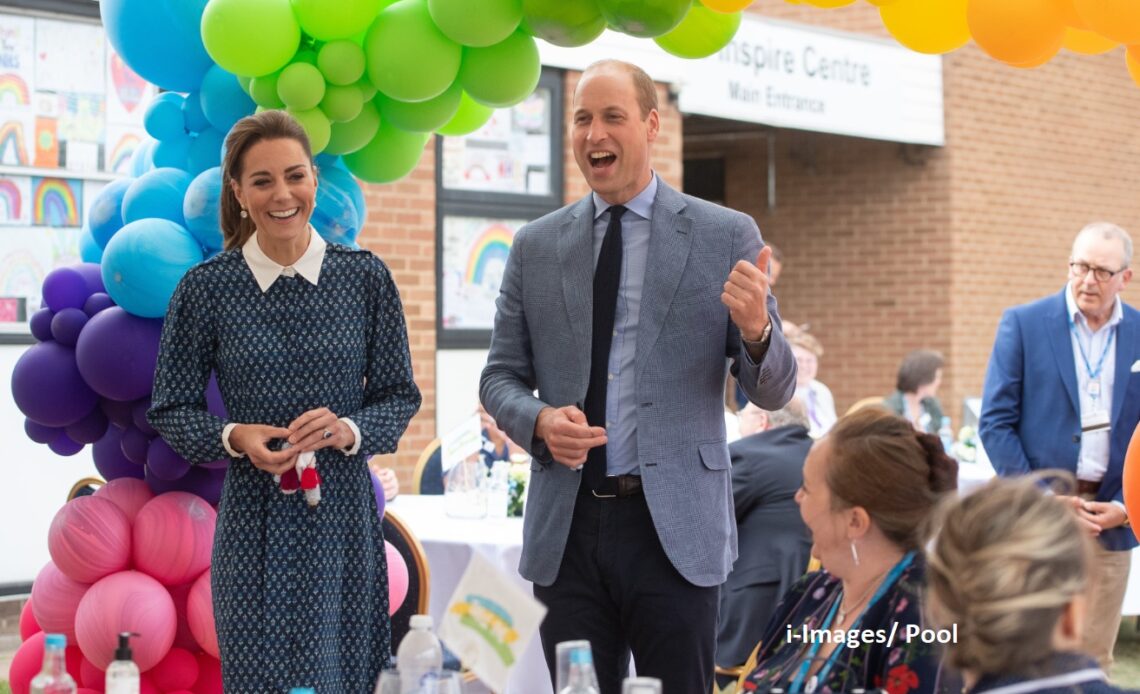
The Duke of Cambridge is one of the six current royal dukedoms in the United Kingdom and is named after the city of Cambridge in England.
It was created in 1660, replacing the earlier title of the Earl of Cambridge. It was first granted by King Charles II (following the Restoration of the monarchy) to his infant eldest nephew, Charles Stuart, who was the first son of the Duke of York (later King James II). Charles was never formally created the Duke of Cambridge as he died at the age of six months.
The first officially recognised creation of the dukedom wouldn’t come until 1664, in the Peerage of England when King Charles II granted the title to his next eldest surviving nephew, James Stuart the infant second son of the Duke of York. James died at the age of three in 1667, leaving the title to be once again extinct.
Embed from Getty ImagesKing Charles II then passed it on to the next eldest surviving nephew, Edgar Stuart, the third son of the Duke of York who died in 1671 at the age of three. The Duke of York’s fourth son, Charles (eldest son to his second wife) was styled the Duke of Cambridge in 1677 but he died when he was about a month old. In this case, he had not lived long enough to be formally created a Duke.
In 1706, the title was recreated by Queen Anne who granted it to George Augustus (later King George II), the son of Elector of Hanover (later King George I), her distant cousin (as they were both descended from King James I). George Augustus ascended to the throne as king in 1727, merging his dukedom with the Crown.
Embed from Getty ImagesIn 1801, the title was given to King George III’s third son, Prince Adolphus, who was 27-years-old at the time. Following his death in 1850, his only son, Prince George, 2nd Duke of Cambridge inherited the title. His marriage to Sarah Fairbrother violated the Royal Marriages Act 1772, making their children illegitimate. When Prince George died in 1904, the title once again became extinct.
Leading up to the wedding of Prince Edward, Queen Elizabeth II’s youngest son in 1999, many speculated that Edward would be created the Duke of Cambridge or Sussex. Instead, Edward was created the Earl of Wessex, and it was announced he would eventually be created the next Duke of Edinburgh after the title reverted to the Crown.
Embed from Getty ImagesOn 29 April 2011, the day of his wedding, Queen Elizabeth II created her grandson, Prince William, the Duke of Cambridge, Earl of Strathearn, and Baron Carrickfergus, respectively representing the ancient kingdoms of England, Scotland, and the province of Northern Ireland.
In light of his Dukedom, Catherine Middleton, William’s bride, took the female form of her husband’s titles – the Duchess of Cambridge, Countess of Strathearn, and Baroness Carrickfergus. Their first child and eldest son, Prince George is the heir apparent to the title.

